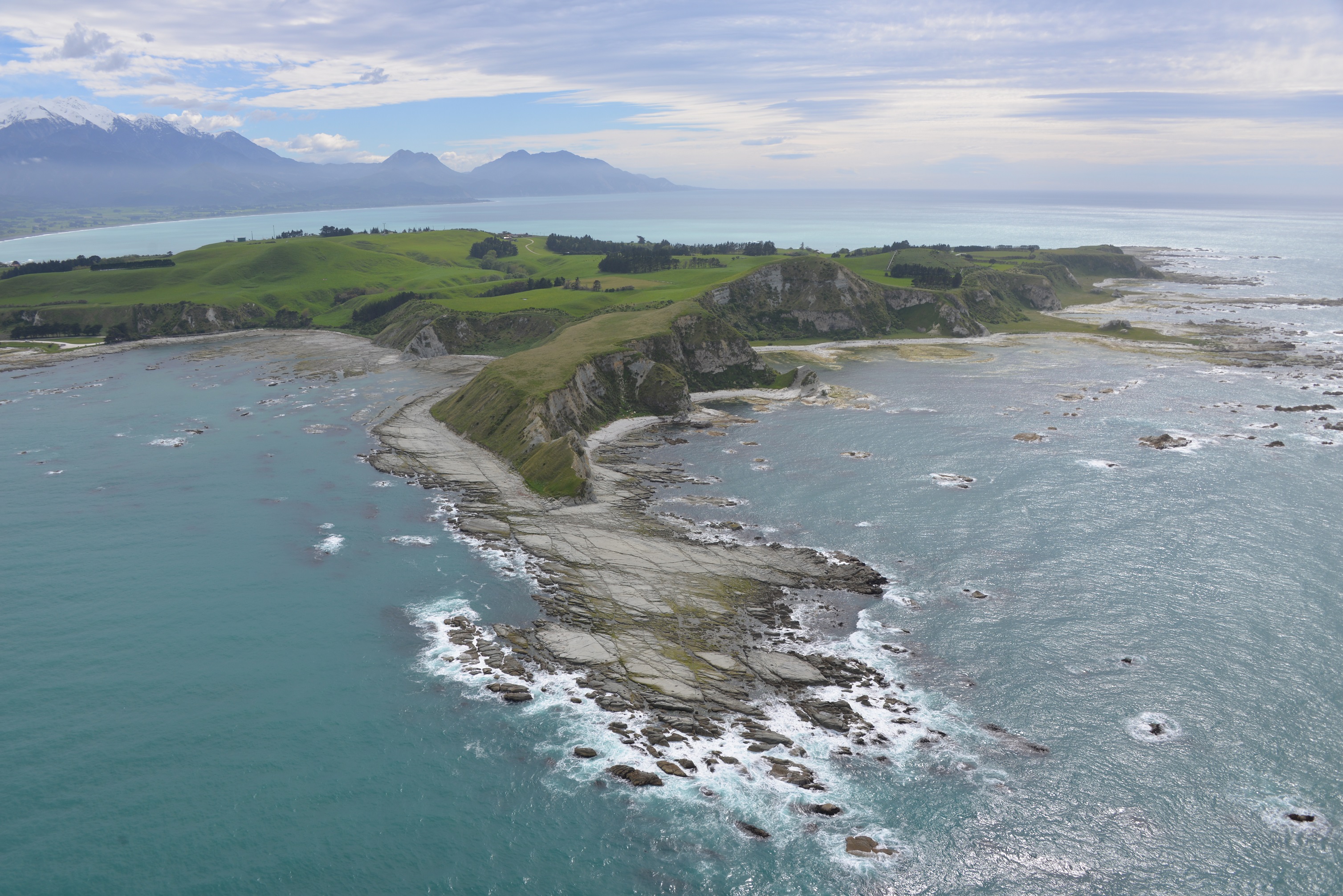The Kaikōura environment is internationally renowned for its world class landscapes, ecosystems and tourism experiences. The entire coastline is also of great cultural significance to Ngāi Tahu(external link), including as an Ara Tawhito (traditional travel route) and for its mahinga kai (places where food and other natural resources were found). Much of the coastline forms part of the New Zealand conservation estate.
A significant proportion of both the marine and terrestrial environments – and their inhabitants – are protected by legislation. The marine environment(external link) in this region is biologically-rich and the native forest cloaking the hillsides is home to various native flora and fauna.

The legislation that enabled the restoration and recovery of the area included the Hurunui/Kaikōura Earthquakes Recovery (Coastal Route and Other Matters) Order in Council 2016 (OIC), which modified environmental legislation (including the Resource Management Act 1991) to ensure the necessary approvals were granted efficiently and quickly.
The Order In Council included conditions so the project benefited from:
- stakeholder and community guidance through the Restoration Liaison Group(external link)
- a Construction Environmental Management Plan (CEMP)
- an Erosion and Sediment Control Plan
- ecological scoping surveys
- overarching ecological principles
- an Iwi adviser supported by cultural monitors
- a Landscape Design Framework (LDF).
The environmental planning and approvals team obtained numerous approvals under this legislation , including resource consents and other permits such as those relating to the management of New Zealand fur seals.
Due to the fast-paced nature of the first stage of the project, the team played an active role in monitoring and managing the implementation of these approvals. That included working with the community and regulatory stakeholders, and a wide variety of environmental specialists, so the project achieved the outcomes desired by the NZ Transport Agency, KiwiRail and wider community. The team remains committed to creating a positive legacy for the communities we are working for.
Read more about the consents, permits and other technical documents relating to the project.
If you have questions about these documents, please email info@nctir.com

